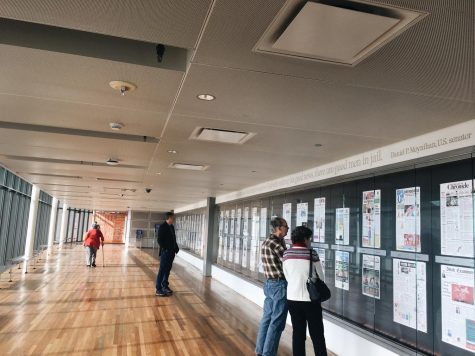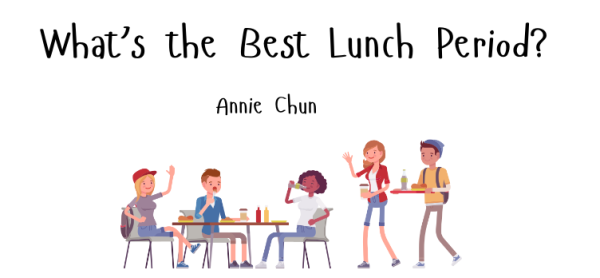Speaking (youth) truth to power
The closing of the Newseum leaves implications for Student Press Freedom Day and the publications of Oakton High School.

At the close of business on New Year’s Eve, Newseum visitors found their way to the exits of the museum, and staff members began to shut down exhibits – as they had done for 11 years. Only this time, the Newseum would not open the following morning. The glass doors of the Newseum closed for the last time before the turn of 2020, but what they stood for reverberates into the next decade and remains as significant, if not more so, for student journalism.
Just weeks ago, publication students from Oakton High School had wandered through the Newseum’s halls and peered through its displays. Upon leaving, they felt a renewed sense of pride in the integrity of their work and the profound power of the First Amendment.
Tommy Mika, editor for The Paragon yearbook at Oakton High School, recounts that “we don’t even think about how much of a privilege it is to be able to go onto a news site and read the news, and we don’t truly appreciate the freedom of the press in America. Throughout history, this hasn’t always been the case.”
The First Amendment has long served as a cornerstone of American democracy, and an independent press stands testament to the amendment’s pillars of free speech and press. However, not all journalists in the country enjoy the protections of the First Amendment.
Since the 1988 court case Hazelwood School District v. Kuhlmeier, young people’s voices have been silenced from classrooms to hallways. The court case granted school control over student speech, and its legacy has left a wake of restrictions on “controversial” topics that matter to students and the community. Alongside administrator-induced censorship, the decision has resulted in a “chilling effect” in speech among school publications, where students are too afraid to report on certain issues or tell specific stories.
 The subsequent backlash from youth across the country has resulted in the fruition of Student Press Freedom Day on January 29, a day that honors the work of student journalists and demands independent media free of school advisers.
The subsequent backlash from youth across the country has resulted in the fruition of Student Press Freedom Day on January 29, a day that honors the work of student journalists and demands independent media free of school advisers.
Amy Dai, editor-in-chief of The Paragon, comments on the importance of free storytelling in high school and how her experience at the Newseum has reinvigorated her passion for storytelling. “Publications in high schools are extremely important as they give students not only a creative outlet but a platform on which they can share their talent and stories.” Having been involved in publications at Oakton High School for three years, Dai hopes student journalism will continue to amplify all voices and opinions of school communities without impediment.
In today’s political climate and tumultuous polarization, the fourth estate has more work to do than ever before in reporting for the public and defending the truth. And yet, the youth are increasingly left out of conversations on matters of importance for young people. While nationally renowned publications report on healthcare, immigration, taxes, elections, housing, and more, a slew of uncovered problems plague America’s youth generations: social media, mental health, burnout, anxiety, and disillusionment with the establishment. These matters touch young people first, and the youth deserve to be at the forefront of these conversations – with pens to freely draft their stories and cameras to freely capture their emotions, just as their predecessors from the halls of the Newseum did.

Hi! My name is Wendy Gao, and I am a senior. I have been part of the Oakton Outlook for the past three years, and it has become a significant part of my...





